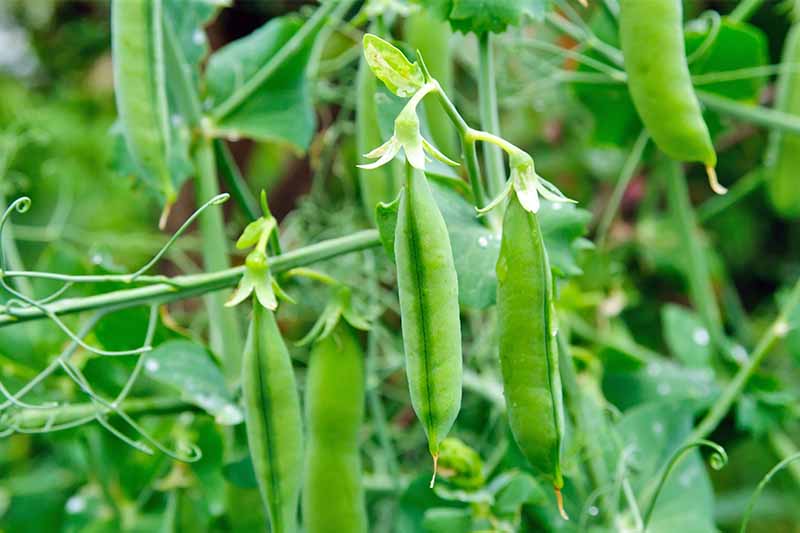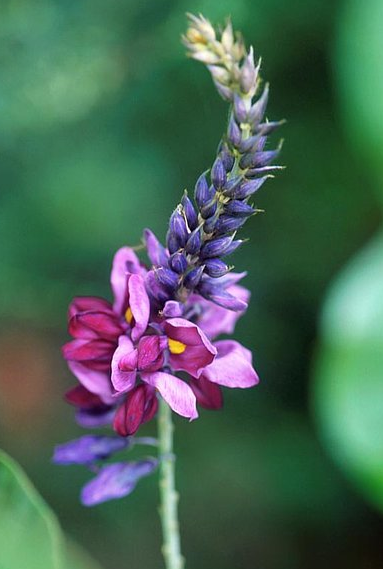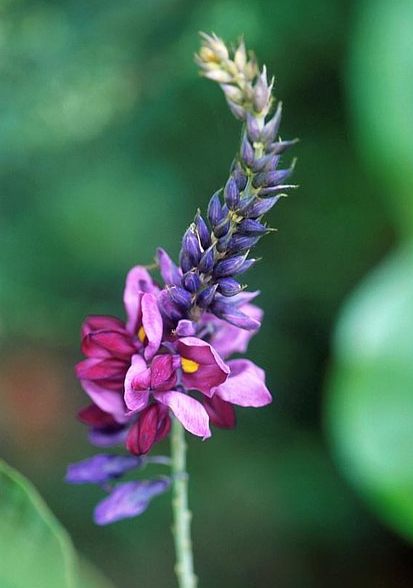Family Fabaceae (Leguminosae)
It is the 3rd largest family in flowering plants. It was earlier called Papilionidae, a subfamily of family Leguminosae. They are distributed all over the world.
Vegetative characters

| Habitat | – | Usually herbs or herbaceous climbers. |
| Leaves | – | Alternate, pinnately compound, or simple.usually stipulate leaves with pulvinous base. Reticulate Venation. |
| Root | – | The lateral roots have nodules containing nitrogen fixing bacteria. |



Floral characters
| Inflorescence | – | Axilliary or terminal, Racemose inflorescence. |
| Flower | – | Bracteate, bracteolate, Complete, Bisexual, Zygomrphic. |
| Calyx | – | Sepals 5, Gamosepalous; Valvate/Imbricate Aestivation. |
| Corolla | – | Petals 5, Polypetalous, Papilionaceous, Petals unequal, consisting of a posterior standard (Vexillium), two lateral wings (Alae), two anterior ones forming a keel or Carina (enclosing stamens and pistil), vexillary aestivation |
| Androecium | – | Stamens 10, Diadelphous, Anther dithecous |
| Gynoecium | – | Ovary superior, Mono-carpellary, Unilocular with many ovules, Marginal placentation, Style single. |
| Fruit | – | Legume; Seed: 1 To Many, Non-endospermic. |
Floral Formula:
Br % ![]() K(5) C1+2+(2) A(9)+1 G1
K(5) C1+2+(2) A(9)+1 G1
Floral Diagram

Economic importance
Many plants belonging to the family are sources of
- Pulses (Gram, Arhar, Sem, Moong, Soyabean)
- Edible oil (Soyabean, Groundnut)
- Dye (Indigofera)
- Fibres (Sunhemp)
- Fodder (Sesbania, Trifolium)
- Ornamentals (Lupin, Sweet Pea) and
- Medicine (Muliathi)
